
Zambia, officially the Republic of Zambia, is a landlocked country at the crossroads of Central, Southern and East Africa. It is typically referred to being in South-Central Africa or Southern Africa. Its neighbours are the Democratic Republic of the Congo to the north, Tanzania to the north-east, Malawi to the east, Mozambique to the southeast, Zimbabwe and Botswana to the south, Namibia to the southwest, and Angola to the west. The capital city of Zambia is Lusaka, located in the south-central part of Zambia. The population is concentrated mainly around Lusaka in the south and the Copperbelt Province to the north, the core economic hubs of the country.

The Zambezi is the fourth-longest river in Africa, the longest east-flowing river in Africa and the largest flowing into the Indian Ocean from Africa. Its drainage basin covers 1,390,000 km2 (540,000 sq mi), slightly less than half of the Nile's. The 2,574-kilometre-long (1,599 mi) river rises in Zambia and flows through eastern Angola, along the north-eastern border of Namibia and the northern border of Botswana, then along the border between Zambia and Zimbabwe to Mozambique, where it crosses the country to empty into the Indian Ocean.
In New Zealand, native schools were established to provide education for Māori. The first schools for Māori children were established by the Church Missionary Society (CMS) in the Bay of Islands after the arrival of the CMS in 1814. Bishop Pompallier arrived in 1838. Priests and brothers of the Marist order, established schools for the Māori throughout the country, including Hato Paora College (Feilding) and Hato Petera College (Auckland). St Joseph's Māori Girls' College (Taradale) was founded by the Sisters of Our Lady of the Missions.

The Tumbuka is a Bantu ethnic group found in Malawi, Zambia and Tanzania. Tumbuka is classified as a part of the Bantu language family, and with origins in a geographic region between the Dwangwa River to the south, the North Rukuru River to the north, Lake Malawi to the east, and the Luangwa River. They are found in the valleys near the rivers, lake as well as the highlands of Nyika Plateau, where they are frequently referred to as Henga although this is strictly speaking the name of a subdivision.
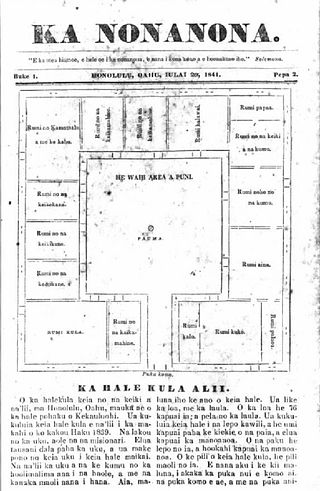
The Royal School is a historic school founded in 1839 in Honolulu, Hawaiʻi, as the Chiefs' Children's School. The school was renamed as the Royal School in 1846. After the boarding closed in 1850, it became a day school for children. It later became a public elementary school, and moved to its present campus in 1967.
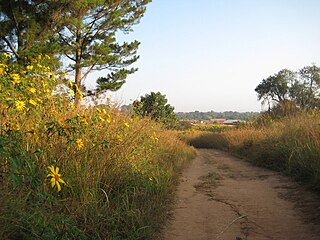
Mwinilunga is a town in the North-Western Province of Zambia. It is the headquarters of Mwinilunga District, one of the province's eleven districts.
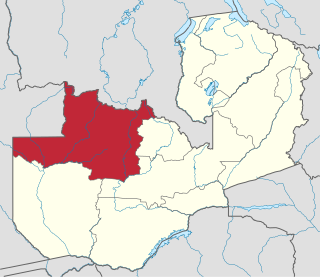
North-Western Province is one of ten Provinces of Zambia. It covers an area of 125,826 km2 (48,582 sq mi), has a population of 727,044 and a population density of 5.80 per square kilometre as of 2010. It is the most sparsely populated province in the country. The provincial capital is Solwezi. The literacy rate stood at 63 per cent against a national average of 70.2 per cent. The rural population constituted 77.45%, while the urban population was 22.55%. North-Western Province is bordered along Angola in the west, the Democratic Republic of Congo in the north, Copperbelt Province in the east, Central in the south-east, and Western Province in the south-west.
Dalat International School is an international day and boarding school in Penang, Malaysia. Founded as a boarding school for children of missionaries in Southeast Asia, it has grown into an international school with a diverse student population. As of the beginning of the 2017-2018 school year, there are 650 students representing 28 different countries. It is one of eleven schools on the island and is the only one offering an American curriculum.

Lyndon Institute is a coeducational, nonprofit, independent, day and boarding comprehensive high school located on a 52 acres (21 ha) campus in the village of Lyndon Center, in the town of Lyndon, Vermont. It provides education for grades 9 through 12 for both local students and students resident on campus. Tuition is $45 000 for full boarders and $16,825 for day students. The current head of school is Dr. Brian Bloomfield.
The Luvale people, also spelled Lovale, Balovale, Lubale, as well as Lwena or Luena in Angola, are a Bantu ethnic group found in northwestern Zambia and southeastern Angola. They are closely related to the Lunda and Ndembu to the northeast, but they also share cultural similarities to the Kaonde to the east, and to the Chokwe and Luchazi, important groups of eastern Angola.
Zambia, officially known as the Republic of Zambia, is a landlocked country in Southern Africa. The neighbouring countries are the Democratic Republic of the Congo to the north, Tanzania to the north-east, Malawi to the east, Mozambique, Zimbabwe, Botswana, and Namibia to the south, and Angola to the west. The capital city is Lusaka, located in the southeast of the country. The population is concentrated mainly around the capital and the Copperbelt to the northwest.

The Livingstone Museum, formerly the David Livingstone Memorial Museum and after that, the Rhodes-Livingstone Museum, is the largest and the oldest museum in Zambia, located in Livingstone near Victoria Falls. The museum has exhibits of artifacts related to local history and prehistory, including photographs and musical instruments, and also holds possessions and memorabilia - including letters and journals - of David Livingstone, the explorer and missionary.
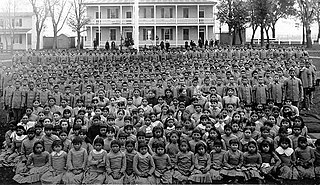
American Indian boarding schools, also known more recently as American Indian residential schools, were established in the United States from the mid-17th to the early 20th centuries with a primary objective of "civilizing" or assimilating Native American children and youth into Anglo-American culture. In the process, these schools denigrated Native American culture and made children give up their languages and religion. At the same time the schools provided a basic Western education. These boarding schools were first established by Christian missionaries of various denominations. The missionaries were often approved by the federal government to start both missions and schools on reservations, especially in the lightly populated areas of the West. In the late 19th and early 20th centuries especially, the government paid religious orders to provide basic education to Native American children on reservations, and later established its own schools on reservations. The Bureau of Indian Affairs (BIA) also founded additional off-reservation boarding schools based on the assimilation model. These sometimes drew children from a variety of tribes. In addition, religious orders established off-reservation schools.
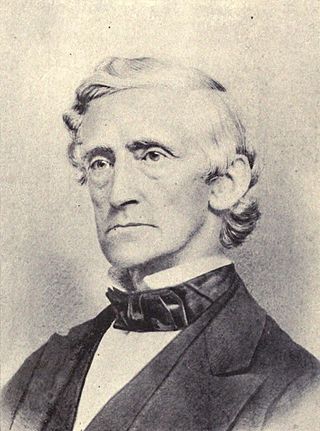
Daniel Dole was a Protestant missionary educator from the United States to the Hawaiian Islands.
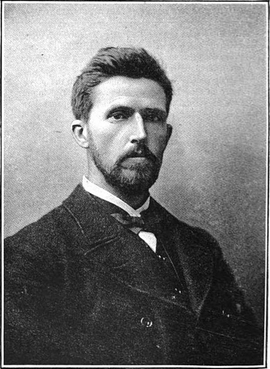
Frederick Stanley Arnot was a British missionary who did much to establish Christian missions in what are now Angola, Zambia and the Democratic Republic of the Congo (DRC).
Kalene Hill is a community in the northwest of Zambia near a hill by the same name about 3 kilometres (2 mi) to the southeast. It is part of the Ikelenge District. Kalene Hill was the site of an early medical mission. The hospital is still important to the region.
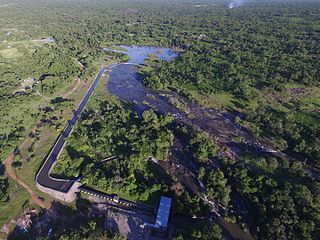
Zengamina is a small hydroelectric power generation plant near Kalene Hill, Ikelenge District in northwestern Zambia. It was built between 2004 and 2008 at a cost of about $3 million, or $4,285 per kilowatt of power.
The Sakeji River is a tributary of the Zambezi. The river rises to the south of Kalene Hill in Mwinilunga District, Zambia. It flows northward to join the upper reaches of the Zambezi from the left.
Medical missions is the term used for Christian missionary endeavors that involve the administration of medical treatment. As has been common among missionary efforts from the 18th to 20th centuries, medical missions often involves residents of the "Western world" traveling to locales within Africa, Asia, Eastern Europe, Latin America, or the Pacific Islands.
Walter Fisher was an English surgeon and missionary who worked in Zambia for over 40 years. Born in Greenwich, Fisher was raised in a large, middle-class home. A "Plym", Fisher used his faith as a foundation for his service to people. He completed his medical studies in Guy's Hospital and qualified as a surgeon in 1887.













